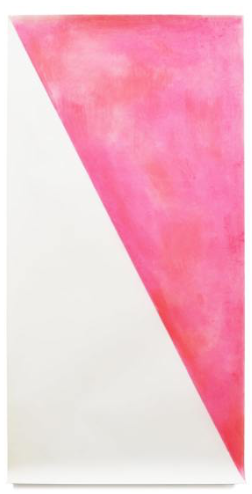Willy De Sauter
Minimalist artist Willy De Sauter is a Belgian artist renowned for his reductive approach to painting, drawing inspiration primarily from modern architecture and placing a strong emphasis on monochromatism. His artistic practice spans various mediums, including sculpture, drawing, and painting, all of which are tools to explore the essence of line, form, and color.
Biography of Willy De Sauter
De Sauter was born in 1938 in Brugge, Belgium. The significance of his work is acknowledged by prestigious institutions such as the M HKA Museum of Contemporary Art Antwerp, Museum Dhondt Dhaenens in Sint-Martens-Latem, Vlaamse Gemeenschap in Belgium, De Bond in Bruges, and S.M.A.K. in Ghent, as well as the Groeningenmuseum in Bruges. De Sauter's art is represented by several galleries, including Gallery Sofie Van de Velde, Mehdi Chouakri in Berlin, Loom Gallery in Milan, and Galerie Ramakers in Den Haag.
De Sauter finds his place alongside esteemed figures such as Marcel Broodthaers, Pierre Alechinsky, and Jean-Michel Folon, who belong to a generation of Belgian Minimalist and conceptual artists. These artists emerged during the post-war period, driven by a shared mission to enact radical change in modern art.
Currently, the artist resides and works in Tielt, Belgium.
Willy De Sauter's Art Style
De Sauter's projects transcend conventional boundaries, evolving into a total discourse where not only do objects traditionally considered art break free from their support panels, engaging in a profound relationship with the surrounding architecture, but the artist also takes a step further and directly intervenes in the very structure of the building itself. Through his interventions, he manipulates and transforms elements like walls, exploring the interplay between his art and the physical space it inhabits.
Notably, De Sauter's early experiments with surface and light from the 1980s were exemplified in pieces like "Untitled" (1982). In this work, De Sauter expanded his materials repertoire beyond canvas and paper, incorporating metals and meticulously sanding copper to examine and exploit its reflective properties. From the 1990s, De Sauter redirected his focus toward the creation of monochrome chalk paintings and chalk objects.
Years:
Born in 1938
Country:
Belgium, Brugge
Gallery:


